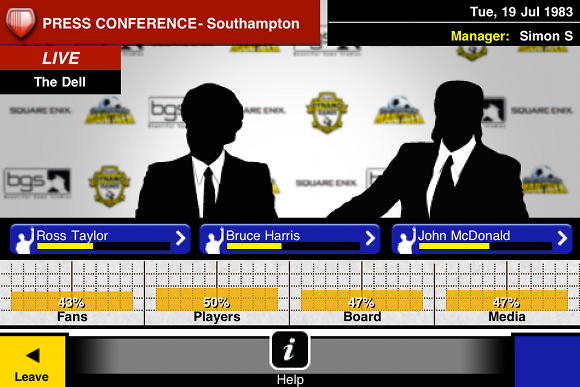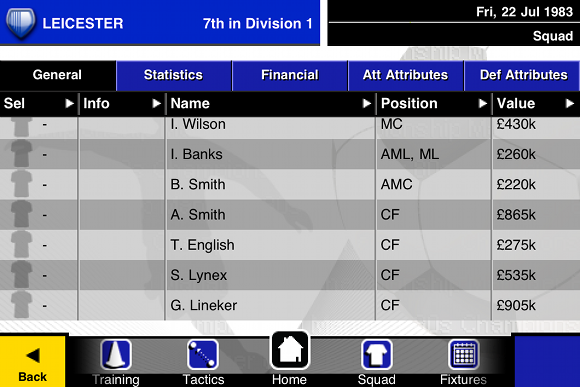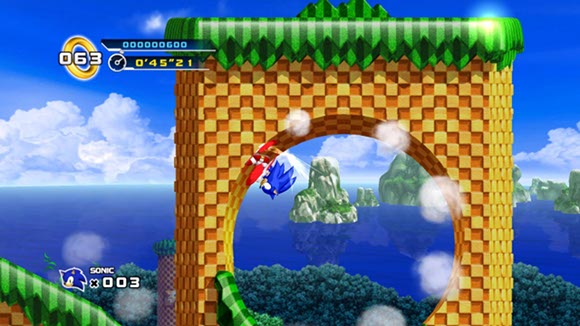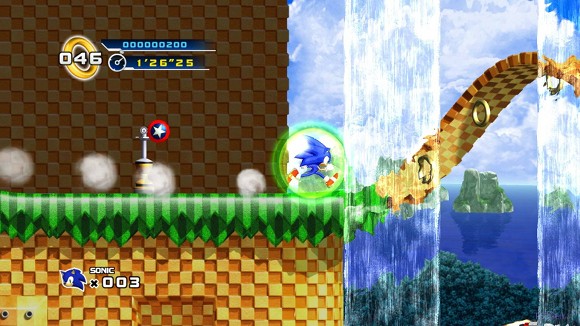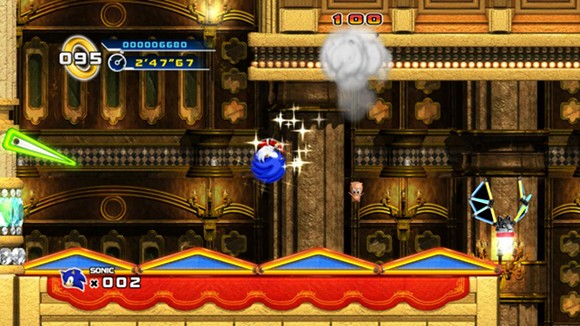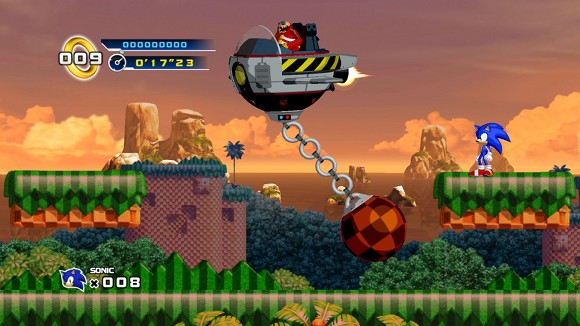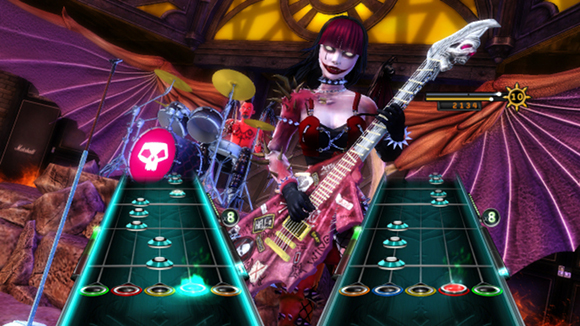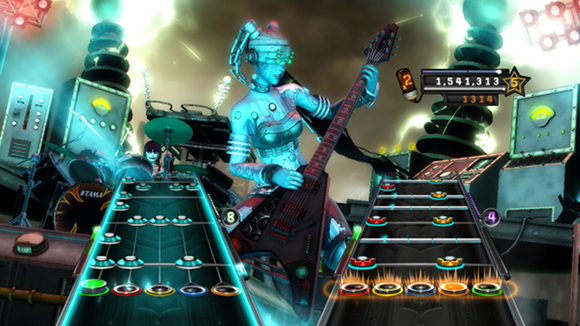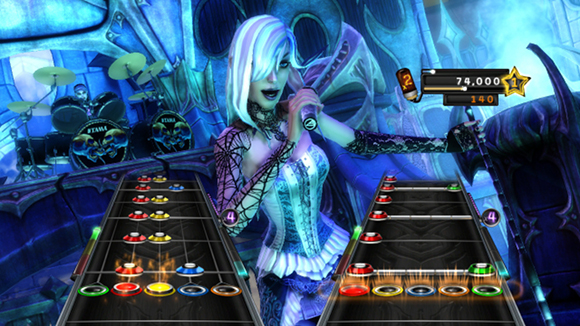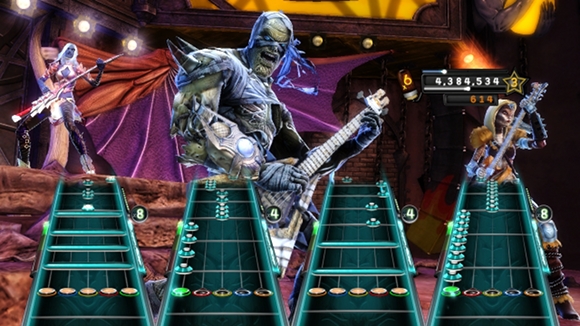Championship Manager 1980s Legends

Championship Manager defiantly has love for you if you were born in the 80s. It harks back to a time in football where there were three main leagues and you could transfer a player for less that what some players in today’s game earn in a week!
The game centres on being a manager and ideally taking the team at bottom of league 3 to becoming the champions at the top of the league. To do this the manager has to train the squad he has, make transfers of players and sit through press conferences and play through the matches. It is a different take on games such as FIFA or Pro-Evo.
First job of a new manager is to pick his name, age and country. The gaffer can choose either England, Scotland, Spain or Italy. Then as a manager it’s up to him to decide what year it is, either 1980, 1983 or 1986. Each year gives you a breakdown of the season just gone and the main highlights from the footballing world and more specifically the country you’ve chosen.
It is then on to picking the team to work for and the squad to train. Bare it in mind this is the 1980s and teams like Macclesfield Town F.C are not featured! After these simple managerial choices are made then it’s into the game. Regular training sessions and knowing when to rest the players is a must to be a good manager. Fortunately Champ Manager clearly shows when a player needs to be rested and gives good options to on how to train them.
The interface of the game is purely menu based as in the PC series. They are easy to navigate and work around. Champ Manager also appeals to newcomers to the series by including options to auto pick the squad and selecting who are the best players to take corners, penalties and free kicks.
Final Verdict
7/10
Championship Manager 1980’s Legends is a good iOS game for fans of the series, with little touches to help newcomers. However the game can get quite confusing trying to remember all the menu options.
Sonic the Hedgehog 4: Episode 1

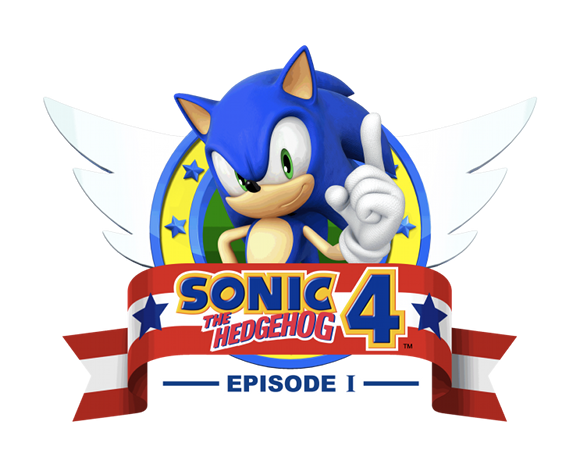
It’s hard to believe that in 1996 we were all talking about Sonic 3 and Knuckles, the game that was in fact two – a lock on game. You placed Sonic and Knuckles into the Mega Drive and opened its top. There you could add any Sonic game however Sonic 3 is what it was designed for and together it made for an amazing time.
Fast forward to 2010 and it is safe to say Sonic had lost his way somewhat. Appearing in disappointing titles consisting of questionable voice overs, a less than rocking rock soundtrack and enough characters to take the attention away from Sonic himself, it seemed like all was lost with the little blue hedgehog.
The gaming community were calling for it and SEGA delivered – Sonic back on the TV screen. But to be fair to SEGA they had been creating passable and even enjoyable 2D games on the Gameboy Advance and Nintendo DS for years, with the likes of Sonic Advance and Sonic Rush. However, this wasn’t enough for Sonic fans and they wanted to see him back where he began.
From the moment Sonic 4 is downloaded and “play” is pressed with either your X button or A button for Wii and Xbox 360 users you are instantly treated with Sonic running left to right and then right to left. Then, something which hasn’t happened for a long while, a voice through the TV chimes “SEGA!” Sonic IS back!
The game has stripped away all the “rock” music, silenced Sonic and taken away his multiple “friends.” This time it is all about Sonic Vs Dr. Robo…Eggman in a traditional, no gimmick way. It picks up from where Sonic 3 & Knuckles left off, peace is resorted and Eggman is defeated, or so Sonic thought! Finding out that Dr. Eggman is up to his old tricks Sonic sets off once again to thwart him and stop him from taking over the world.
SEGA have obviously poured a lot of time and love into the level design and as you progress through the game the levels slowly increase in difficulty to ensure that older players who enjoyed the original games and also newbies to the series had fun while keeping interest.
Each level is once again split into Zones. As we know, in Sonic 1 it was a case of running through 2 Acts then a Boss level. In Sonic 2 and 3 there was a boss at the end of the second act. In Sonic 4 there are three full acts, then a boss level. The boss levels are throwbacks to previous games as well, in Splash Hill Zone; Eggman attacks you just as he did in Sonic 1 some 19 years ago – with a big ball on a chain.
If you get to the end of the first three acts of a level with more than 50 rings there is one big ring waiting for Sonic to jump through. Doing so takes him to a Special Stage. These are reminiscent of Sonic 1′s Special Stages however with the time limit expect more frustrations as either time runs out or an annoyingly well placed “GOAL” ball is hit. Collecting all 7 Emeralds brings a familiar surprise to the game.
Graphically the game is beautiful and takes full advantage of the HD visuals presented on the PS3 and Xbox 360. The Wii’s WiiWare game is good, but the lack of HD really shows. As it is Episode 1, the game is short. It has Four main stages with 4 levels in each, with a final boss stage. The music to the game is fitting and pleasant and differs between each level and all the classic “boing” and “ching” noises are back!
The game is not without it’s faults. Sonic himself seems to take an age to get to full speed but once he does you know he’s going fast! Also Sonic 4 could have been a much longer experience however with the tag “Episode 1” Sega seem to get away with it.
Taking this into account, Sonic 4 is what every Sonic fan has been waiting for. If you look past it’s lifespan and Sonic’s starting speed then you will enjoy it over and over again.
Guitar Hero: Warriors of Rock


The game starts with an introduction narrated by Gene Simmons of KISS, which for anyone who listens to any form of rock knows who this man is and is inspiration for the Lars Umlaut character. He sets the scene: The Demi-God of rock and his mighty axe is fighting the epic battle with an ancient Evil Beast but he is defeated. The axe disappears and it is up to you to unleash the “Warriors of Rock” by turning the regular GH cast into their true selves and defeat the Beast.
To do this you need to play through the Quest mode and earn stars to unleash each character and their true selves. This is done by playing through songs in the set list much like the other Guitar Hero games. The difference this time is the songs are focused on a specific character rather than venue. To mix things up a bit each character has their own ability, for example once enough stars have been earned from his set list, Lars Umlaut will become “Warrior Lars” which increases his maximum standard multiplier from x4 to x6.
There are a few niggles though, in the previous games such as GH: World Tour stars are earned on the songs and it didn’t matter which songs they were earned to progress. In W.O.R you have to play through each character’s set lists until the Warrior Form has been unlocked. Also the number of stars has rocketed from a possible 5 to a maximum of 40! Granted most of these are only achievable once you have unlocked the true rock stars but it does give you a lot to do.
It is understandable for Neversoft’s to increase the lifespan, but once the Quest mode is completed most would just revert to the Quickplay+ or the party modes to fully enjoy the Guitar Hero experience. Speaking of which, this and Party modes are back, providing a welcome break from the Quest mode. Party Mode allows any player to drop in and rock out at anytime, while the game plays songs that are randomly selected from the set list.
Quickplay+ is where the game comes alive, as it’s where the entire set list resides. There are subtle changes like the inclusion of the challenges within the song. Such as longest note streak, which improve the enjoyment of Warriors of Rock, by making the game more competitive.
The other members of the band shouldn’t be left out. As it is a firstly a guitar game you, would have thought that Neversoft would just bolt on the drums and vocals as an after thought. Oh no. With stiff competition from Rockband they had to deliver on making the best band type game or people would flock to Harmonix.
The developers have incorporated the drums and vocals into the title in such a way they could be separate games on their own. Drumming away quite happily is a rewarding experience in itself. The same can be said with the vocals, rather than being an amazing singer, it’s more about pitch and length of the vocal in a similar way to SingStar.
The game is fun just on your own but if you get 3 other people together it make for an interesting time! As well as playing as one group, you can connect to PlayStation Network (or Xbox live & Nintendo WIFI) to battle people online throughout the world either as one on one or in a rock outfit.
One major drawback is the setlist, which doesn’t quite flow as well as it used to. Like with the main Quest, the learning curve is disjointed. One moment you are playing one of the easiest songs – Bleed It Out by Linkin Park, the next you’d be playing Tick-Tick-Tick-Boom by The Hives, a decidedly more challenging song.
There are plenty of tracks to choose from, a mix of 93 Rock, Punk and Metal songs. There is something for everyone on the disc with even more content on the GH: Store. It is also possible to import a selection of songs from as far back as World Tour and even Band Hero if pop is more what you are looking for. There’s even the option to go into the studio and record personal tracks and try and get infamous online by publishing them to the GH: Store.
In terms of presentation the graphics and sounds are what have become expected from the Guitar Hero games. There is the rock inspired art work for the menus and they aren’t very distracting when you are playing through the songs. The music when playing is focused on the instrument being played. So if you are shredding with a guitar & bass, pounding the drums or screaming from your lungs this is what you will hear over the track as you can listen to your progress.
There is a lot to Guitar Hero: Warriors of Rock, with tons of songs to play and trophies to unlock. Bring three friends together and form a band and an entire new experience is created. Spend hours, or maybe even days at a time developing skills and trying to perfect the setlist so you can headline at the biggest gig ever.
It is the little things that let the game down. It is not a bad game, however compared to previous titles, it wouldn’t hold it’s own in a contest, it doesn’t really stand out. If the menus were easier to navigate or if the set lists were put together to produce a learning curve it would have been an outstanding game.
With the success of Guitar Hero 3, World Tour and the tweaks that Guitar Hero: Metallica brought it feels that Guitar Hero: Warriors of Rock is just what’s left on the studio floor pieced together to make the interim album. It lacks the pyrotechnics that the other games created. It’s like the acoustic version of a band’s heaviest song – good but not as good as the original.



